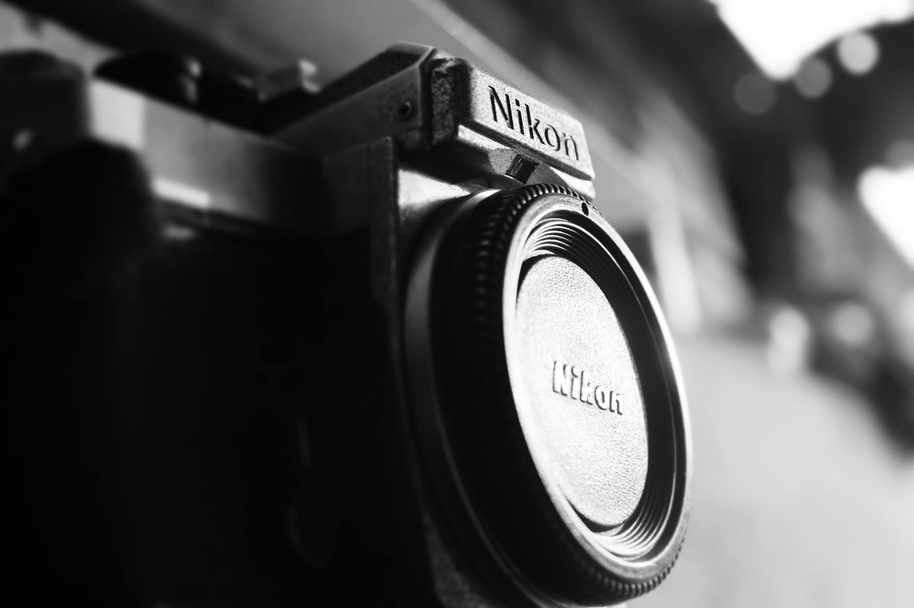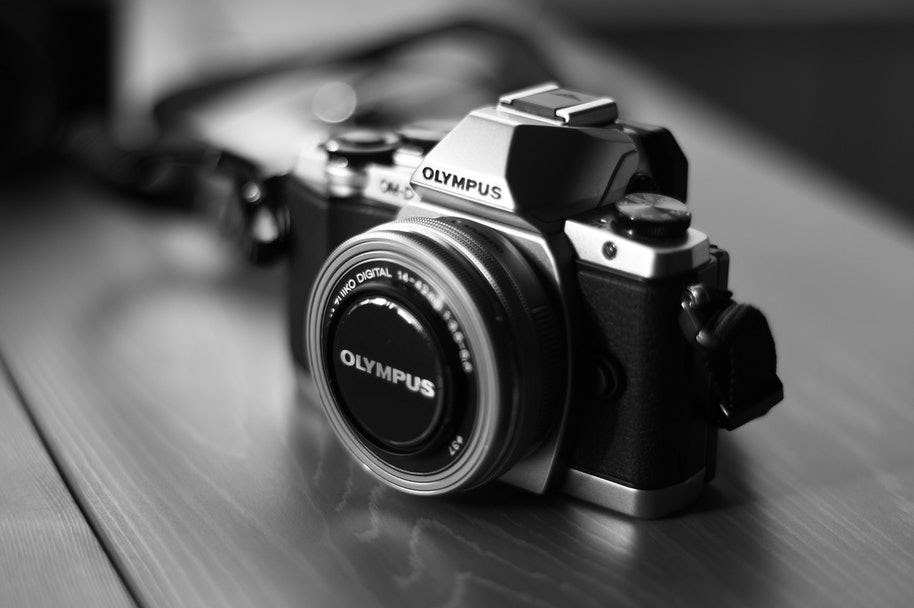
Mirrorless cameras have changed the game of photography - and improvements in technology mean many people are now replacing their DSLRs with these more compact cameras without compromising on quality.
But when you start shopping for a mirrorless camera, it can quickly become confusing because different mirrorless cameras come with sensors of different sizes.
The most common types of sensors in mirrorless cameras are the full frame sensor, the APS-C sensor, and the micro four thirds sensor. In this post, we’ll delve into the difference between each camera and discuss which might be best for your needs.
Full frame sensor: high quality in low light

Once confined to only high-end DSLR cameras, full frame sensors are now available in many mirrorless cameras, including the Nikon Z7, the Sony A7III, and the Canon EOS RP.
Full frame sensors are often known for delivering the best quality of any sensor type, thanks to their large surface area, which can collect plenty of light. Their sensor size is equivalent to the dimensions of the standard 35mm film format used for a century before digital cameras took over.
Because of the sensor’s larger size, full frame cameras typically perform far better in low light conditions or when you’re using high ISO. They also tend to offer a better dynamic range.
While they’re generally considered the best of the best, full frame cameras can be expensive and heavy, making them an unpopular choice for hobby photographers.
APS-C sensor: high quality at a lower price point

APS-C sensors have long been used in entry-level and mid-range DSLRs, but are now available in many mirrorless cameras. They manage to balance the lightweight design, image quality, and flexibility in lenses perfectly.
But it’s important to note that not all APS-C sensors are actually the same size. Canon’s APS-C sensors are slightly smaller than many Nikon and Sony cameras using the same format.
Thanks to the crop factor we’ll talk about below, cameras with APS-C sensors allow photographers to get closer to their subjects with specific lenses, making them better for nature and sports photographers - indeed, many of these photographers prefer APS-C sensors to full frame cameras.
Micro four thirds sensor: lightweight and affordable

Panasonic and Olympus mirrorless cameras are the most common cameras to use the micro four thirds sensor. This sensor is smaller than APS-C sensors and is about a quarter of the size of full frame sensors.
Because the sensor is smaller, the camera bodies are also more compact. Micro four thirds cameras are also generally more affordable, making them a popular choice for entry-level photographers. But they don’t perform nearly as well in low light conditions as APS-C or full frame cameras do.
You can use the same lenses across micro four thirds cameras, but beware the built-in stabilisation. In most Panasonic cameras, stabilisation is in the lens, whereas Olympus uses in-camera stabilisation. That means you eliminate built-in stabilisation if you use an Olympus lens on a Panasonic camera.
Let’s talk about the crop factor
As we’ve already explained, full frame sensors are virtually the same size as the old 35mm film format, whereas crop cameras (APS-C and micro four third sensors) crop out the edges of the frame.
The focal length in crop cameras is actually increased - by 1.5x in most APS-C cameras (except Canon cameras, where the multiplier is typically 1.6x) and 2x in micro four third cameras.
This means if you attach a 50mm lens to an APS-C camera with a 1.5x multiplier, you’re actually getting a lens that would act more like a 75mm lens on a full frame camera. A 50mm lens on a micro four thirds camera is more like a 100mm lens on a full frame camera.
So if you take a picture from the same distance with a full frame camera and a crop-sensor camera, the crop camera will deliver a tighter field of view.
Which mirrorless camera sensor is best?
At the end of the day, the sensor you choose to go with depends on a range of personal factors, including your budget.
If you’re likely to be shooting in low light scenarios and you want the best quality, a full frame mirrorless camera is your best bet. If your priority is portability and a lightweight design, a micro four thirds camera may be the way to go.
And an APS-C is the perfect in-between, delivering phenomenal quality at a lower price point than full frame cameras.
Browse our entire collection of mirrorless cameras online at Camera House today or visit us in store, where one of our experts can answer all your questions.
